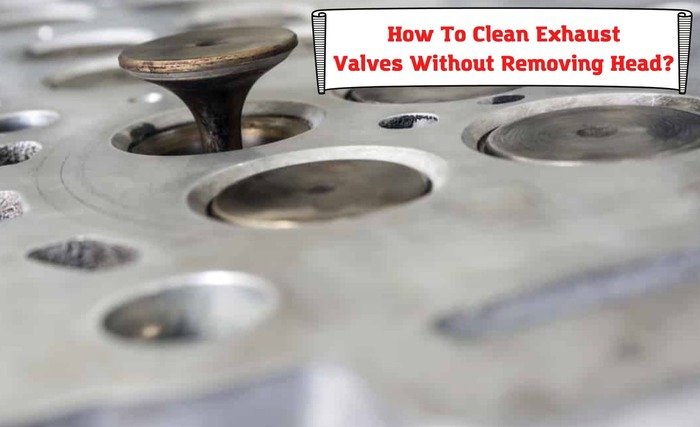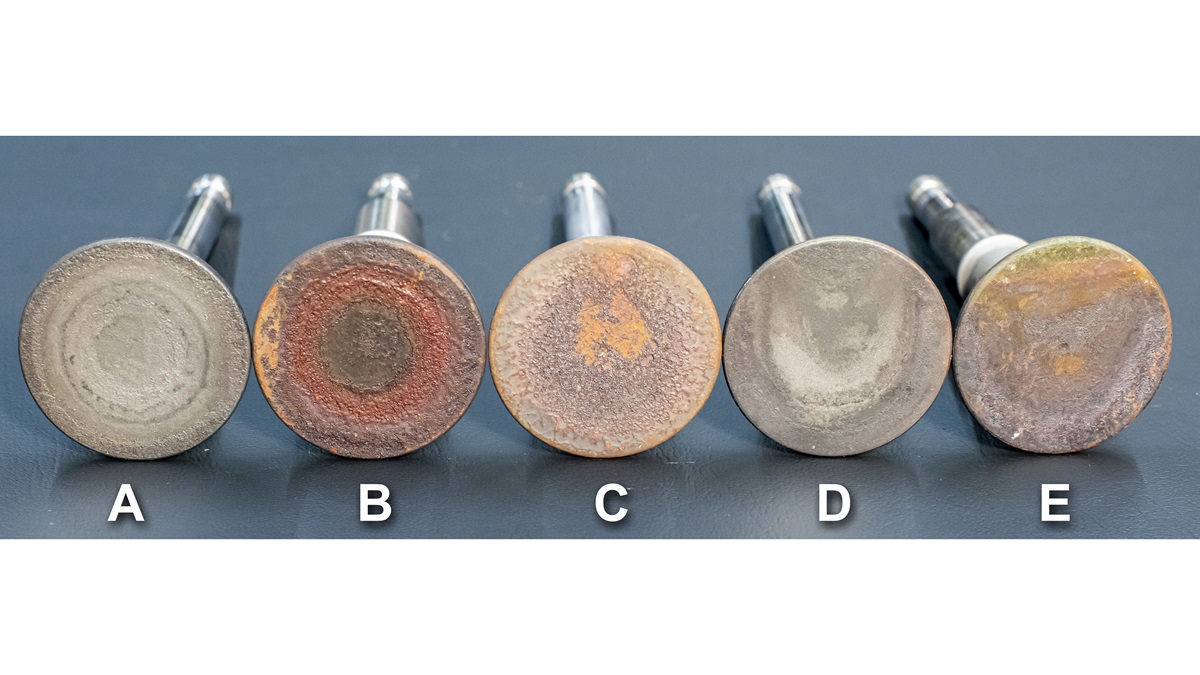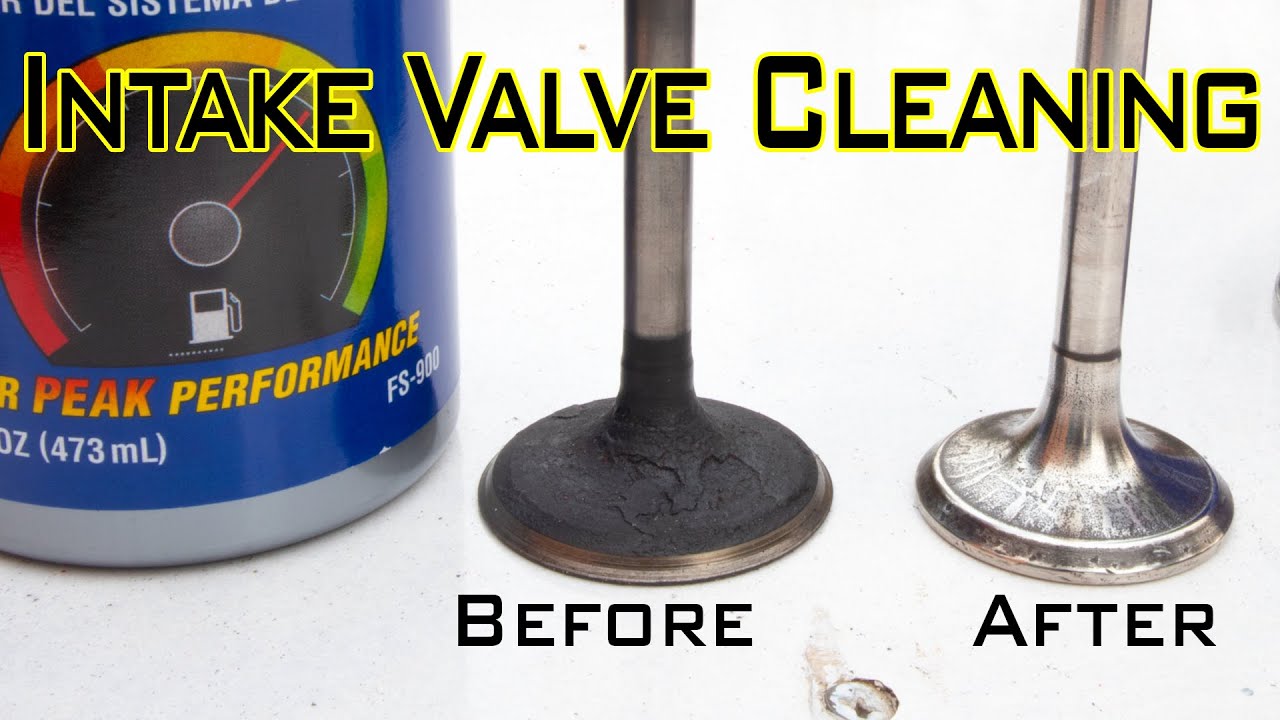How to Clean Exhaust Valves Without Removing the Head
Exhaust valves play a crucial role in the performance of an internal combustion engine. Over time, carbon deposits can build up on these valves, affecting their functionality and leading to decreased engine efficiency. While traditionally, cleaning the exhaust valves required removing the cylinder head, there are now methods available to clean them without this time-consuming and complex procedure. In this article, we will explore effective techniques for cleaning exhaust valves without removing the head, allowing you to maintain your engine's optimal performance.

How to clean exhaust valves without removing head
1. Understanding Exhaust Valve Deposits:
Before delving into the cleaning process, it's important to understand why carbon deposits form on exhaust valves.
The combustion process in the engine can leave behind residues that gradually accumulate on the valves.
These deposits hinder proper airflow and can result in reduced engine power, increased emissions, and even misfires.
Cleaning the exhaust valves is essential to ensure smooth engine operation

Exhaust Valve Deposits
2. Tools and Materials Required:
To clean the exhaust valves without removing the head, you will need a few specific tools and materials. These include:
a. Intake Manifold Cleaner: An effective solvent for removing carbon deposits.
b. Nylon Bristle Brush: To scrub the valves gently.
c. Shop Vacuum: For removing loosened carbon deposits.
d. Rags or Paper Towels: To wipe away excess cleaner and debris.
e. Safety Gloves and Eyewear: To protect yourself during the cleaning process.
3. Preparation:
Before starting the cleaning process, it is essential to prepare the engine.
Begin by disconnecting the battery and removing any components that obstruct access to the intake manifold or the valves.
This may involve removing the air intake duct, throttle body, or any other components necessary to reach the valves effectively.
4. Cleaning the Valves:
Now that the necessary preparations have been made, it's time to clean the exhaust valves. Follow these steps:
a. Locate the intake manifold and identify the individual intake ports.
b. Spray the intake manifold cleaner into each intake port generously.
c. Allow the solvent to soak on the valves for the recommended time specified on the cleaner's instructions.
d. Use the nylon bristle brush to gently scrub the valves, loosening the carbon deposits.
e. Once the deposits are loosened, use the shop vacuum to remove the dislodged carbon particles.
f. Repeat this process for each intake port until all valves are thoroughly cleaned.
g. Wipe away any excess cleaner and debris with a rag or paper towel.

How to clean intake valves on Direct/Indirect injection engines without anything
5. Reassembling:
After successfully cleaning the exhaust valves, it's time to reassemble the engine components.
Follow the reverse order of the disassembly process, ensuring that all connections are secure.
Double-check the intake manifold and valves to confirm that they are clean and free from debris.
6. Post-Cleaning Considerations:
Once the exhaust valves are cleaned and the engine is reassembled, it's important to take a few additional steps to ensure optimal performance:
a. Start the engine and let it idle for a few minutes to burn off any remaining cleaner.
b. Conduct a test drive to ensure the engine is running smoothly and check for any abnormal noises or issues.
c. Regularly inspect and clean the intake manifold and valves to prevent future carbon buildup.
Cleaning exhaust valves without removing the head is a practical and efficient method to maintain your engine's performance. By following the steps outlined in this article, you can effectively remove carbon deposits from the valves, improving engine efficiency and prolonging the lifespan of your vehicle. Remember to take necessary safety precautions and consult your vehicle's manual for specific instructions. With regular valve maintenance, you can ensure a smoother and more reliable driving experience.